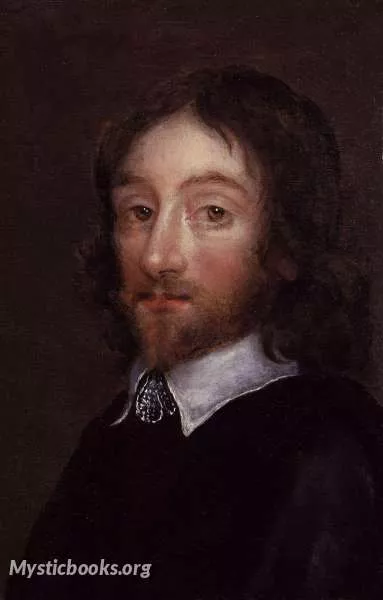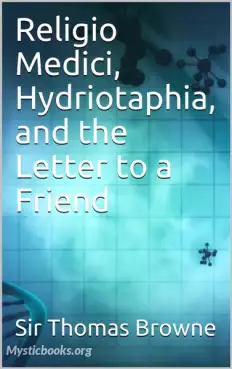
Timeline
Title
Country/Nationality
Thomas Browne
Sir Thomas Browne was an English polymath and author of varied works which reveal his wide learning in diverse fields including science and medicine, religion and the esoteric. His writings display a deep curiosity towards the natural world, influenced by the scientific revolution of Baconian enquiry and are permeated by references to Classical and Biblical sources as well as the idiosyncrasies of his own personality. Although often described as suffused with melancholia, Browne's writings are also characterised by wit and subtle humour, while his literary style is varied, according to genre, resulting in a rich, unique prose which ranges from rough notebook observations to polished Baroque eloquence.
The son of Thomas Browne, a silk merchant from Upton, Cheshire, and Anne Browne, the daughter of Paul Garraway of Sussex, he was born in the parish of St Michael, Cheapside, in London on 19 October 1605. His father died while he was still young and his mother married Sir Thomas Dutton (1575–1634).
Browne was sent to school at Winchester College. In 1623, he went to Broadgates Hall of Oxford University. Browne was chosen to deliver the undergraduate oration when the hall was incorporated as Pembroke College in August 1624. He graduated from Oxford in January 1627, after which he studied medicine at Padua and Montpellier universities, completing his studies at Leiden, where he received a medical degree in 1633. He settled in Norwich in 1637 and practised medicine there until his death in 1682.
In 1641, he married Dorothy Mileham (1621–1685), of Burlingham St Peter, Norfolk. She bore him ten children, six of whom died before their parents.
Browne's first literary work was Religio Medici (The Religion of a Physician) which was circulated as a manuscript among his friends. It surprised him when an unauthorised edition appeared in 1642, since the work included several unorthodox religious speculations. An authorised text appeared in 1643, with some of the more controversial views removed. The expurgation did not end the controversy: in 1645, Alexander Ross attacked Religio Medici in his Medicus Medicatus (The Doctor, Doctored) and, in common with much Protestant literature, the book was placed upon the Papal Index Librorum Prohibitorum in the same year.
In Religio Medici, Browne confirmed his belief, in accordance with the vast majority of seventeenth century European society, in the existence of angels and witchcraft. He attended the 1662 Bury St Edmunds witch trial, where his citation of a similar trial in Denmark may have influenced the jury's minds of the guilt of two accused women, who were subsequently executed for witchcraft.
In 1671 King Charles II, accompanied by the Court, visited Norwich. The courtier John Evelyn, who had occasionally corresponded with Browne, took good use of the royal visit to call upon "the learned doctor" of European fame and wrote of his visit, "His whole house and garden is a paradise and Cabinet of rarities and that of the best collection, amongst Medails, books, Plants, natural things".
During his visit, Charles visited Browne's home. A banquet was held in St Andrew's Hall for the royal visit. Obliged to honour a notable local, the name of the Mayor of Norwich was proposed to the King for knighthood. The Mayor, however, declined the honour and proposed Browne's name instead.
Browne died on 19 October 1682, his 77th birthday, and was buried in the chancel of St Peter Mancroft, Norwich. His skull was removed when his lead coffin was accidentally re-opened by workmen in 1840. It was not re-interred in St Peter Mancroft until 4 July 1922 when it was recorded in the burial register as aged 317 years.
Books by Thomas Browne

Religio Medici and Hydriotaphia
Religio Medici (The Religion of a Doctor) by Sir Thomas Browne is a spiritual testament and early psychological self-portrait. Published in 1643 after an unauthorized version was distributed the previous year, it became a European best-seller which b...

Religio Medici, Hydriotaphia and Letter to a Friend
This collection brings together three of Sir Thomas Browne's most celebrated works: *Religio Medici*, *Hydriotaphia*, and *Letter to a Friend*. Browne, a physician and writer of the 17th century, explores themes of faith, science, death, and the huma...